GAIA Plot 1.
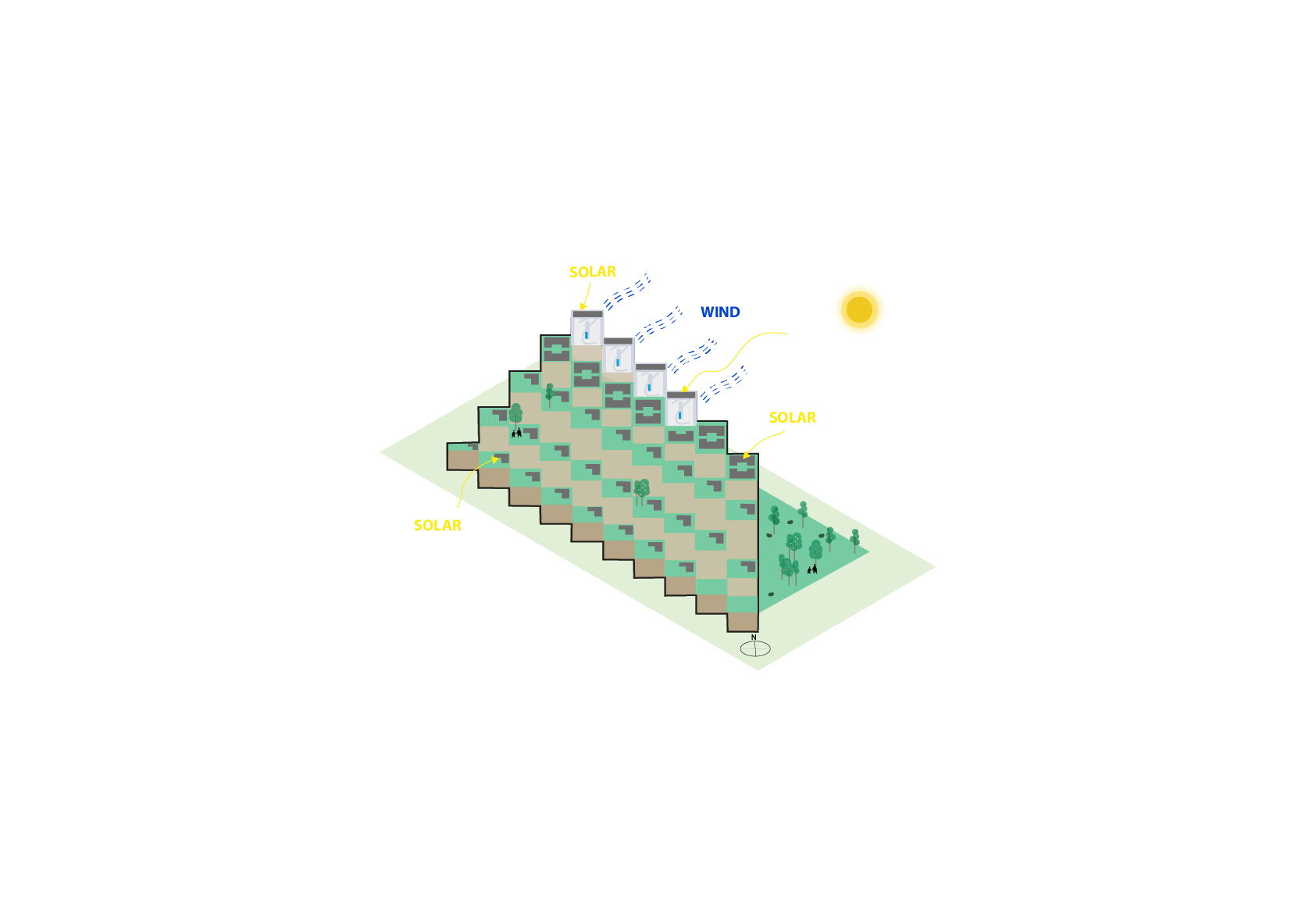
About.
Urban Synthesis | Metabolic Systems: Energy
In this module, you’ll delve into the fundamentals of energy and power systems within buildings, exploring the various components involved. You’ll gain insight into user energy consumption patterns and have the opportunity to develop a personalized energy use case for your projects. A significant focus will be placed on the design principles of photovoltaic installations, with hands-on learning experiences. Additionally, you’ll explore space requirements and foundational concepts of electricity and energy management within buildings, as well as emerging trends in the market such as smart buildings, and district energy systems.
Solar Energy.
In our architectural planning, we’ve incorporated Solar Energy as a solution to balance the building’s energy needs. To ensure optimal placement of solar panels and understand shading patterns, we employed Sunny Design software alongside on-site data. By conducting shading analysis, we pinpoint the most efficient roof surfaces and strategically lay out solar panels to maximize energy generation potential. This data enables us to accurately estimate the energy output from the photovoltaic cells.
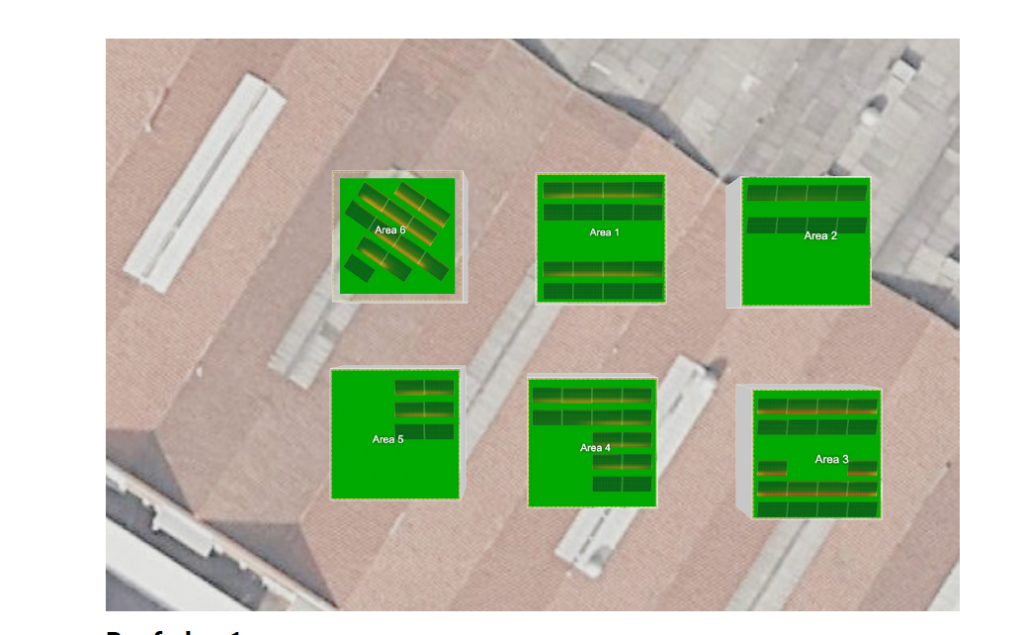
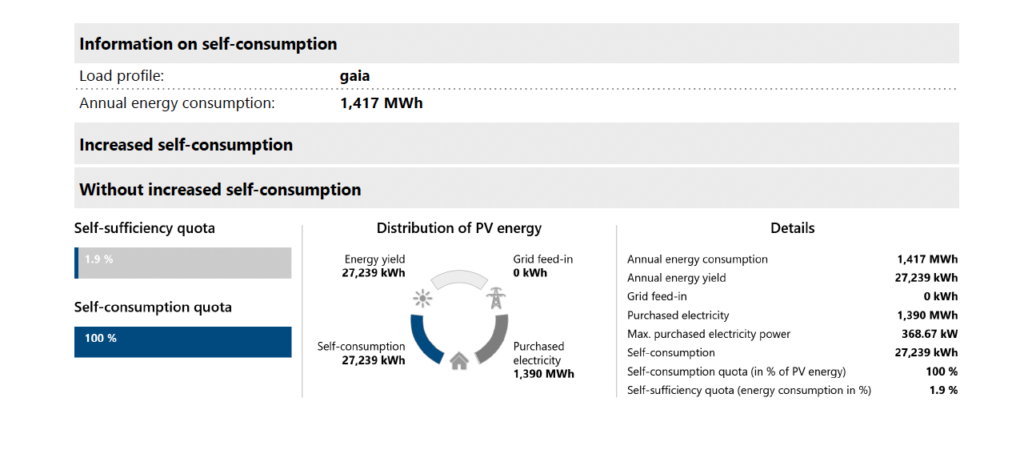
Self-consumption (electricity).
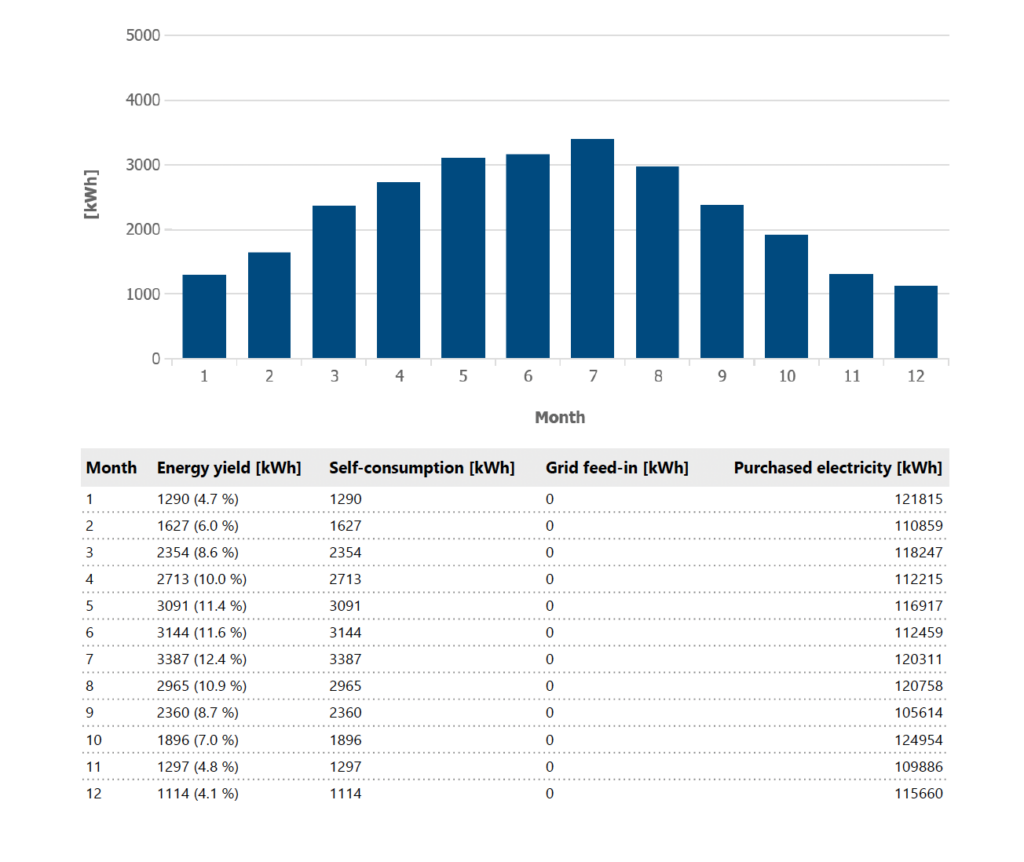
Monthly values Energy yield .
One of our tasks in this module was to calculate the energy requirement of our project with respect to the various values and standard consumption rates provided to us. We managed this calculation for the industry and the residential portions of our project. The values we arrived at are the ones provided below:
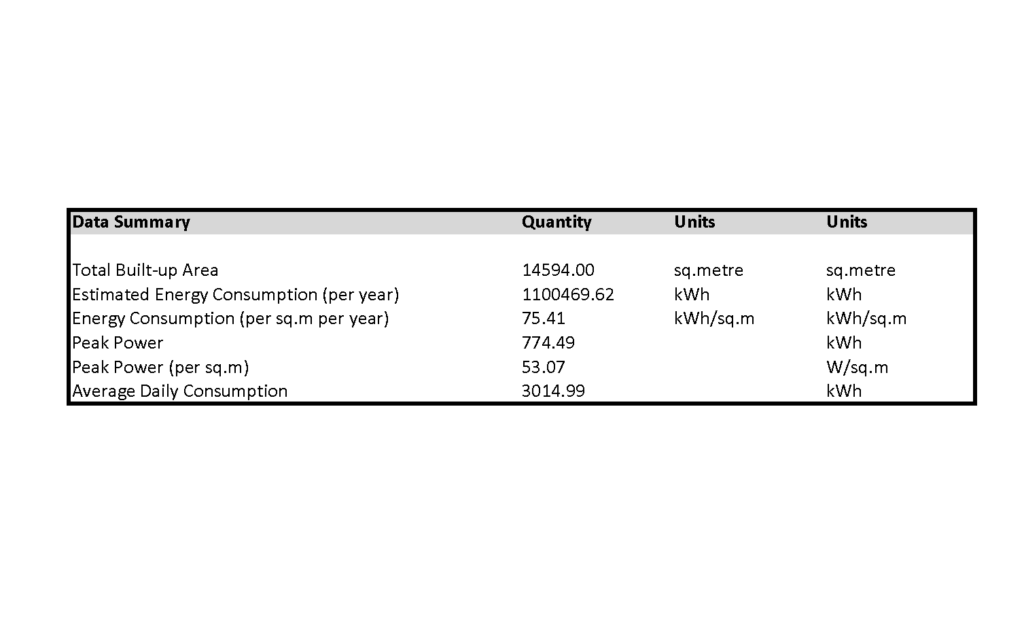
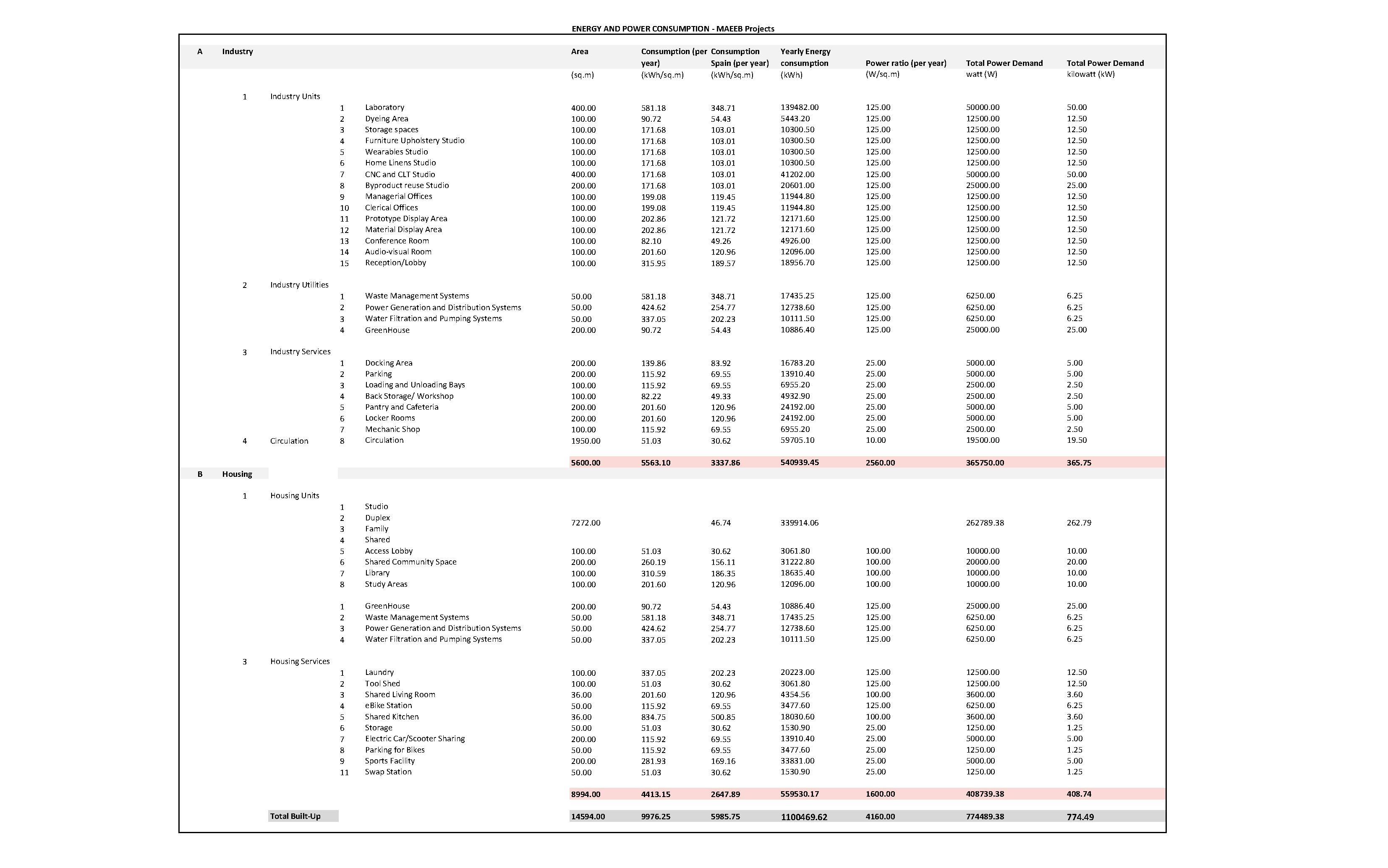
Alternative Options.
We looked at to alternative options besides solar energy.
Wind Turbine case study.
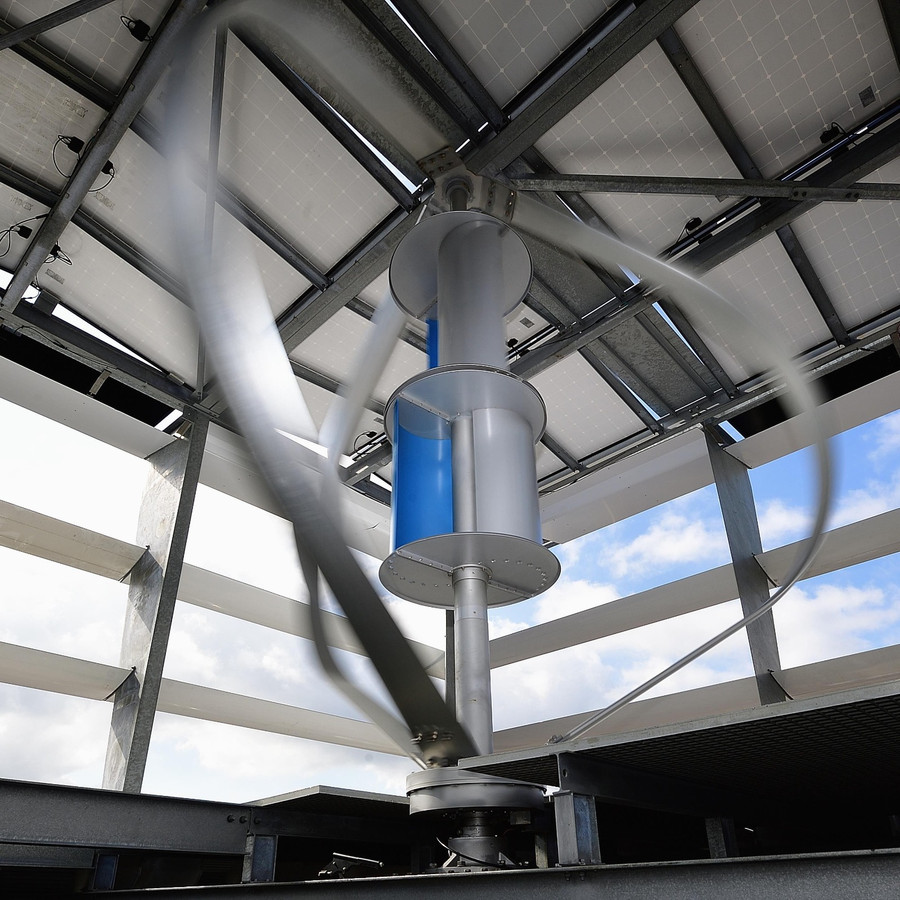
Example Integrated in modular roof construction:
- 10 wind turbines
- 430 Wp bi-facial solar panels
1 module (7x7x5m) produces between 16.000 and 28.000 kWh/year depending on location. Total 20/30 MW/Y. Average noise level < 43 dB. 10x more energy than just solar panels. Supplies 85% of the electric energy of this 19 story high tower.

Algae Photosynthesis case study.
Heating and electricity from sunlight through photosynthesis. In Hamburg in 2013, the world´s first bio-reactive façade generates renewable energy from algal biomass and solar thermal heat. Algae circulates Yearly 100 ton CO2 per hectare.

